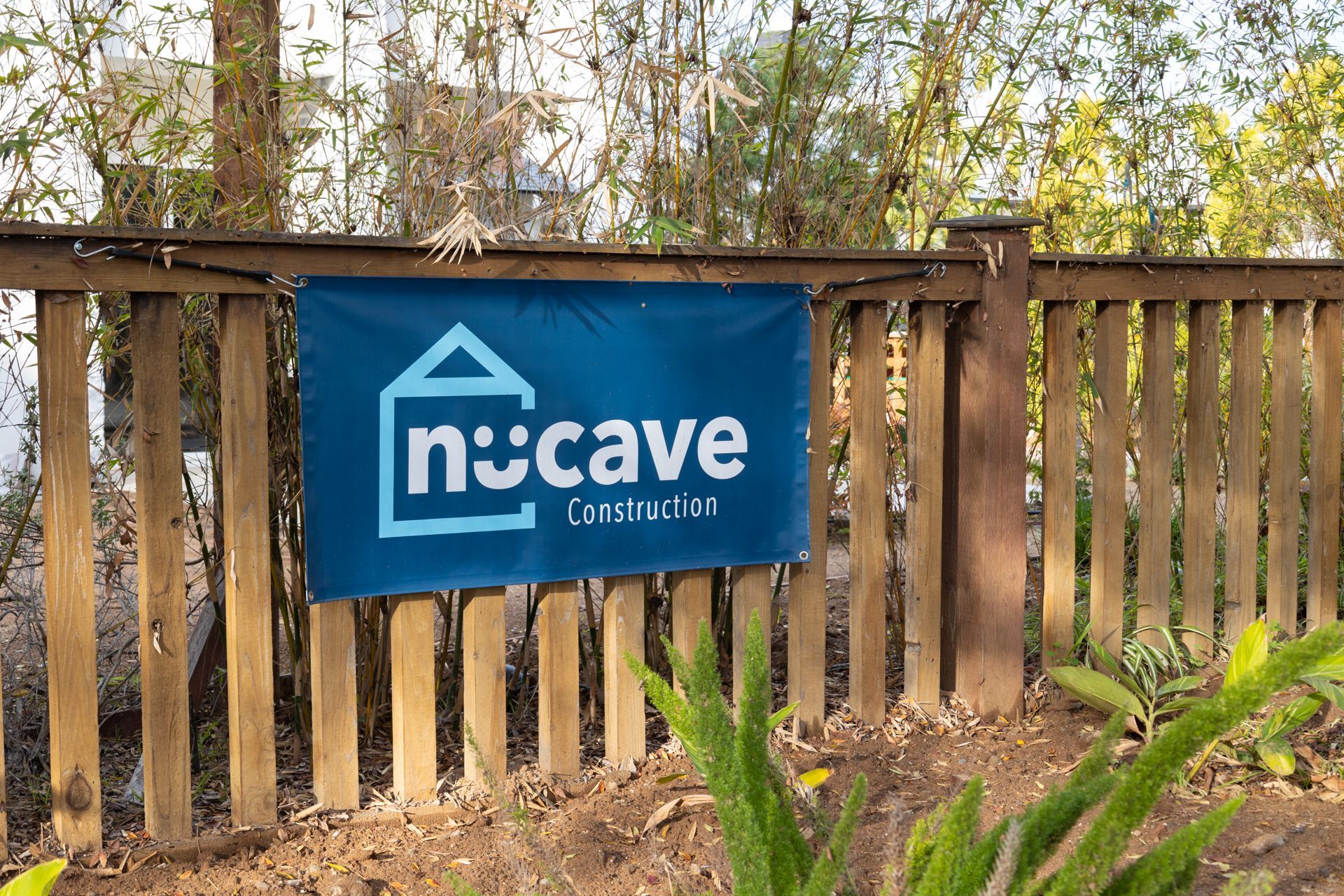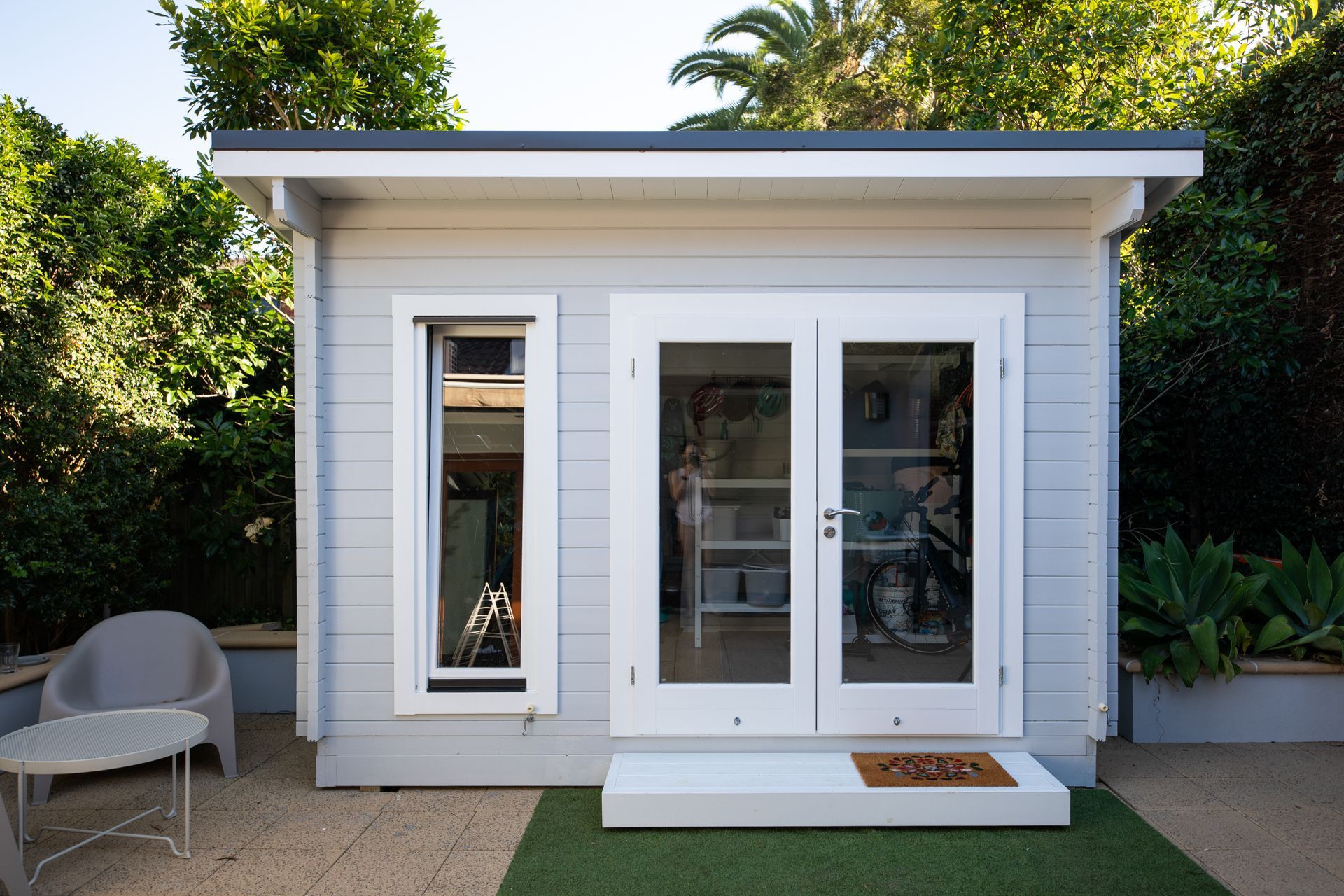19 Apr, 2024
Creating a custom home is an exciting journey that turns your vision into a reality. This process involves crucial decisions, not least selecting the right architect and builder. These professionals will design and construct your home and guide you through complex processes involving zoning laws, design choices, and material selections. Here's how to ensure you partner with the right architect and builder who aligns with your vision, needs, and communication style. Understanding the Roles: Architect vs. Builder Before diving into how to choose these professionals, it’s essential to understand their roles. An architect is responsible for the conceptual and schematic design of your home. They create the house's layout, look, and feel, ensuring that the structure is safe, functional, and aesthetically pleasing. On the other hand, a builder takes these plans and brings them to life. They manage the construction site, coordinate subcontractors, and handle the day-to-day work necessary to build the home. 1. Experience Matters Choose an Architect with Relevant Experience Look for an architect with experience in the home style you want. Whether you're interested in a modern, minimalist home or a traditional, craftsman-style house, finding an architect with specific experience in that area is crucial. Review their portfolio to see examples of past projects. This not only gives you an idea of their capability but also their design aesthetics. Select a Builder Familiar with Your Architect’s Designs Choosing a builder who has previously worked with your chosen architect or is familiar with their style and expectations is beneficial. This familiarity can smooth the construction process and ensure a better translation of design into reality. 2. Style Compatibility Your home should reflect your personal style and lifestyle needs. When interviewing architects, discuss your vision and check their enthusiasm for your ideas. It's important that the architect is not just capable but also excited about your project. For builders, ensure they respect the architectural vision and can execute the designs with the materials and finishes you prefer. 3. Communication is Key Establishing Clear Lines of Communication The ability to communicate effectively with your architect and builder is paramount. They should be responsive, attentive, and transparent. During initial meetings, observe how they handle your queries. Do they listen and provide clear, understandable answers? Are they patient and open to discussions? Regular Updates and Availability Check how the builder manages communication on the job site. They should offer regular updates and be available to address any concerns you might have throughout the project. 4. Check References and Reviews Ask for and follow up on references for both the architect and the builder. Speaking to past clients can provide insight into their reliability, efficiency, and flexibility. Online reviews and testimonials can also be telling. Pay attention to how they handled problems and their clients' overall satisfaction with the project. 5. Alignment of Values Finally, your architect and builder must align with your values concerning sustainability and workmanship. If eco-friendly building is important to you, your team should prioritize this in their materials, building practices, and vendors. Conclusion Choosing the right architect and builder for your custom home is more than evaluating skills—it's about finding professionals who share your vision, understand your style, and communicate effectively. Take your time, research, and build a relationship with your team. After all, creating a custom home is not just constructing a building; it's bringing your dream home into existence.



